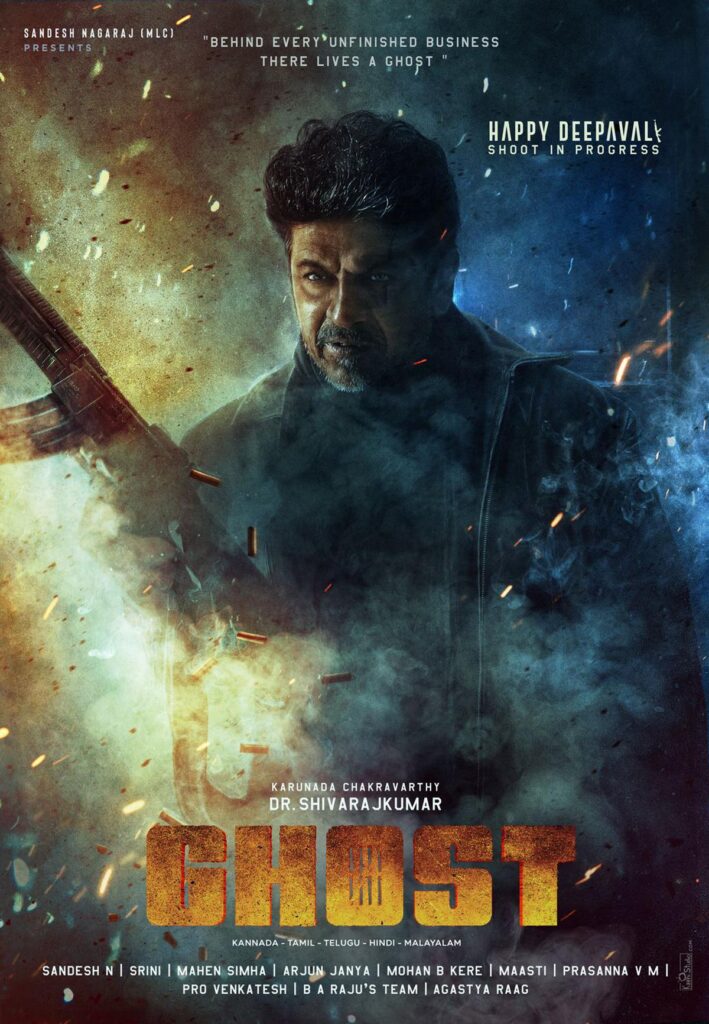Introduction: What Filmmakers Know That Marketers Need to Learn
Indian cinema is quietly undergoing a tectonic shift—not in box office numbers, but in who (or what) is behind the camera. Independent filmmakers and regional creators have embraced Artificial Intelligence like it’s the assistant they never knew they needed. Meanwhile, mainstream Bollywood is treading carefully, clinging to traditional workflows and the comforting gravitational pull of star power.
But here’s the plot twist: the AI adoption playbook of indie filmmakers offers eerie parallels and potent lessons for digital marketers. In a world where both industries are competing for eyeballs, budgets, and cultural relevance, it’s time marketers swapped their pitch decks for a director’s storyboard.

Where cinematic tradition intersects with algorithmic ambition—this visual captures the evolving reel-life drama powered by AI.
Scene 1: AI-Powered Content Creation — From Final Cut to Final Campaign
Just as indie filmmakers use AI to storyboard, write, and edit their way out of budget constraints, marketers are finding that generative tools can do more than just draft headlines.
Take Naisha, India’s first fully AI-generated film by Vivek Anchalia. Produced 40% faster and with significant cost reductions, the film leaned on AI for scripting, character modeling, and even music.

Marketers, too, are discovering that AI can generate localized ad copy, automate video editing, and churn out personalized visuals faster than you can say “brand guidelines.”
Takeaway: Treat AI as your creative sidekick. Let it handle the continuity errors while you craft the emotional core.
Scene 2: Personalization That Rivals Popcorn Preferences
Regional filmmakers are using AI not only to dub voices into regional dialects, but to shape trailers and promotional content based on what different audiences respond to. Sound familiar?
Welcome to Dynamic Creative Optimization (DCO), the marketing world’s version of an emotionally intelligent film trailer.
Takeaway: The audience doesn’t just want stories; they want stories that know their streaming history. Personalization isn’t an add-on. It’s the screenplay.
Scene 3: Budget Cuts = Creative Booms?
MG Srinivas, the Kannada filmmaker behind Ghost, used AI for everything from de-aging actors to multilingual voice cloning. He cut post-production costs by 65%.

This is the equivalent of a marketer saying, “We cut our budget in half and doubled our campaign reach.” Only with fewer lighting rigs and more spreadsheets.
Takeaway: AI isn’t replacing humans. It’s replacing the bloat. Jugaad now has machine learning.
Scene 4: The Innovation Mindset — Why Marketers Must Think Like Indie Directors
Mainstream Bollywood, like many big brands, is cautious. Meanwhile, Tamil and Malayalam cinema are betting big on AI—with 41% of films in those industries using it for script development, compared to just 8% in Hindi cinema.
In the marketing world, challenger brands are the indie auteurs—using AI to mock up influencer scripts, test campaign tone, and simulate customer reactions before a single rupee is spent.
Takeaway: Playing it safe is fine—if you’re directing a government PSA. But if you want applause, take the experimental route.
Scene 5: Ethical Cuts and Continuity Issues
Vidya Balan’s face showed up in an AI-generated video she never filmed. Cue: panic, public statements, and a general sense that the future may be fake.
Marketers using AI-generated personas or voiceovers should beware the same fate. Deepfakes may win clicks, but they lose trust.
Takeaway: Respect the script. Transparency isn’t just ethical. It’s the only plot line that doesn’t age poorly.
Curtain Call: Final Thoughts
India’s AI-led film renaissance isn’t just another industry trend. It’s a cautionary tale, a creative case study, and a strategic framework all rolled into one.
From script to screen, and from storyboard to campaign strategy, the crossover is real. And for marketers willing to learn from India’s cinematic risk-takers, the rewards could be…well, box office.
Think like a filmmaker. Execute like a marketer. And maybe your next campaign won’t just break through the noise—it’ll get a standing ovation.
